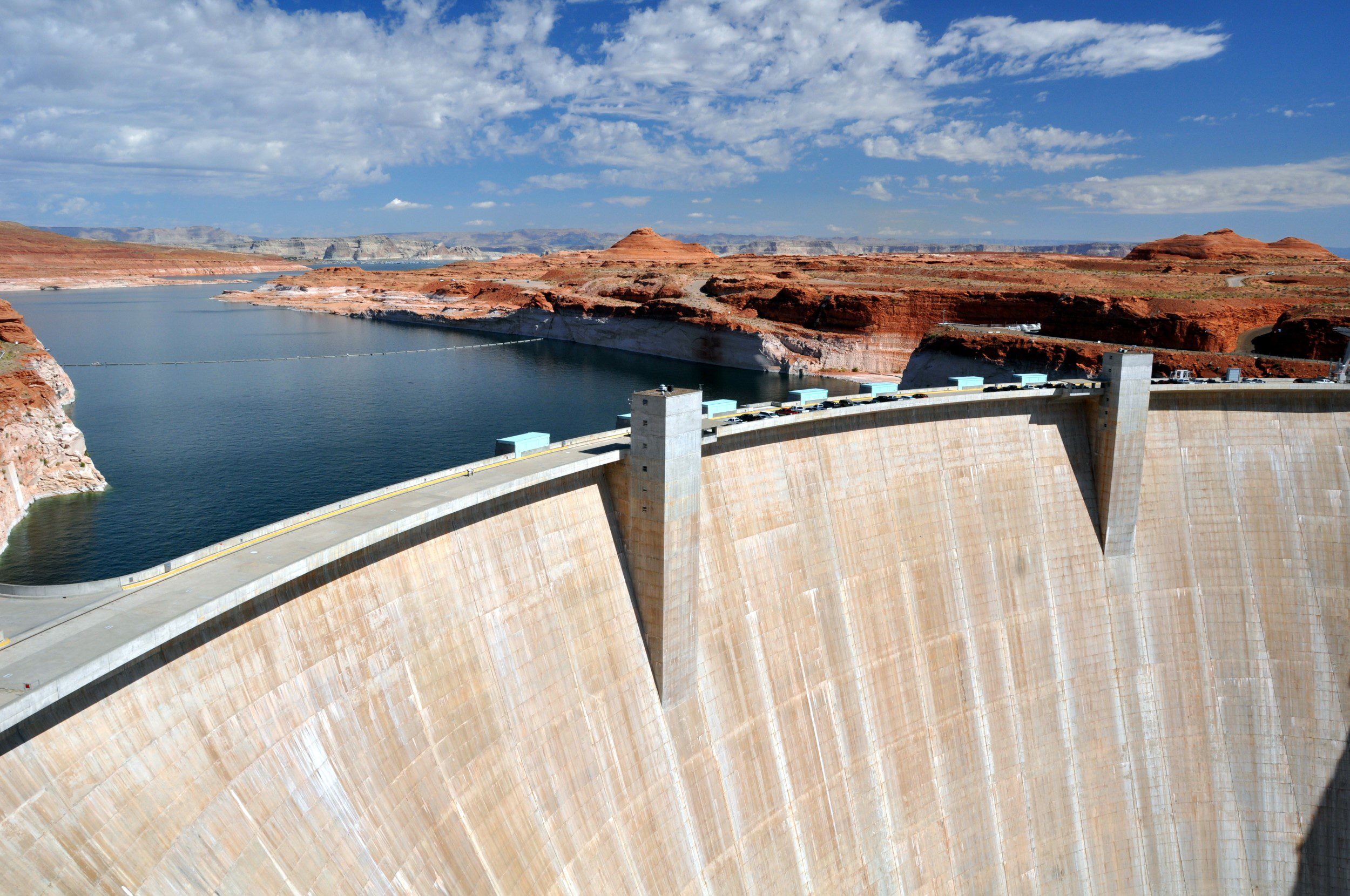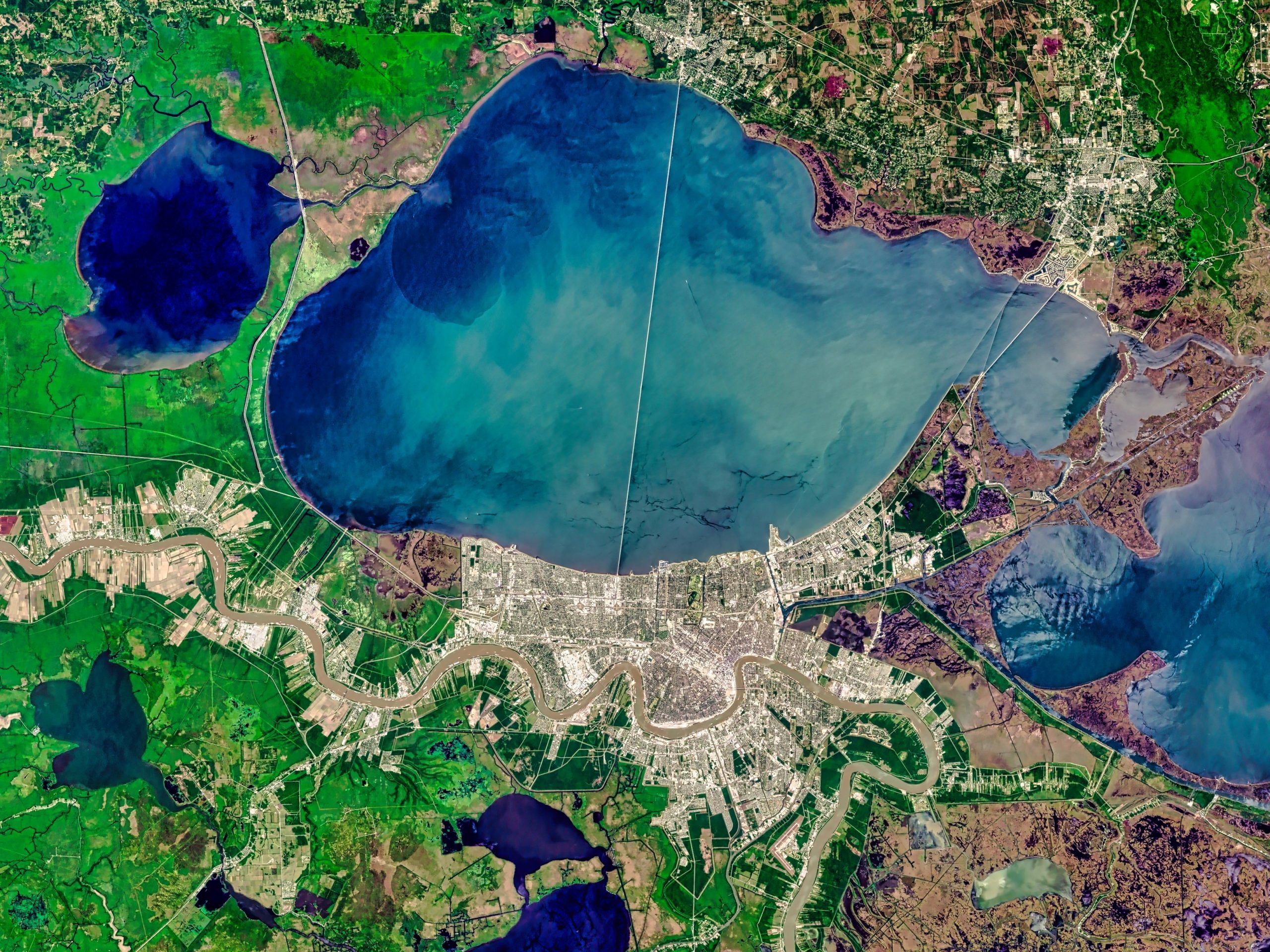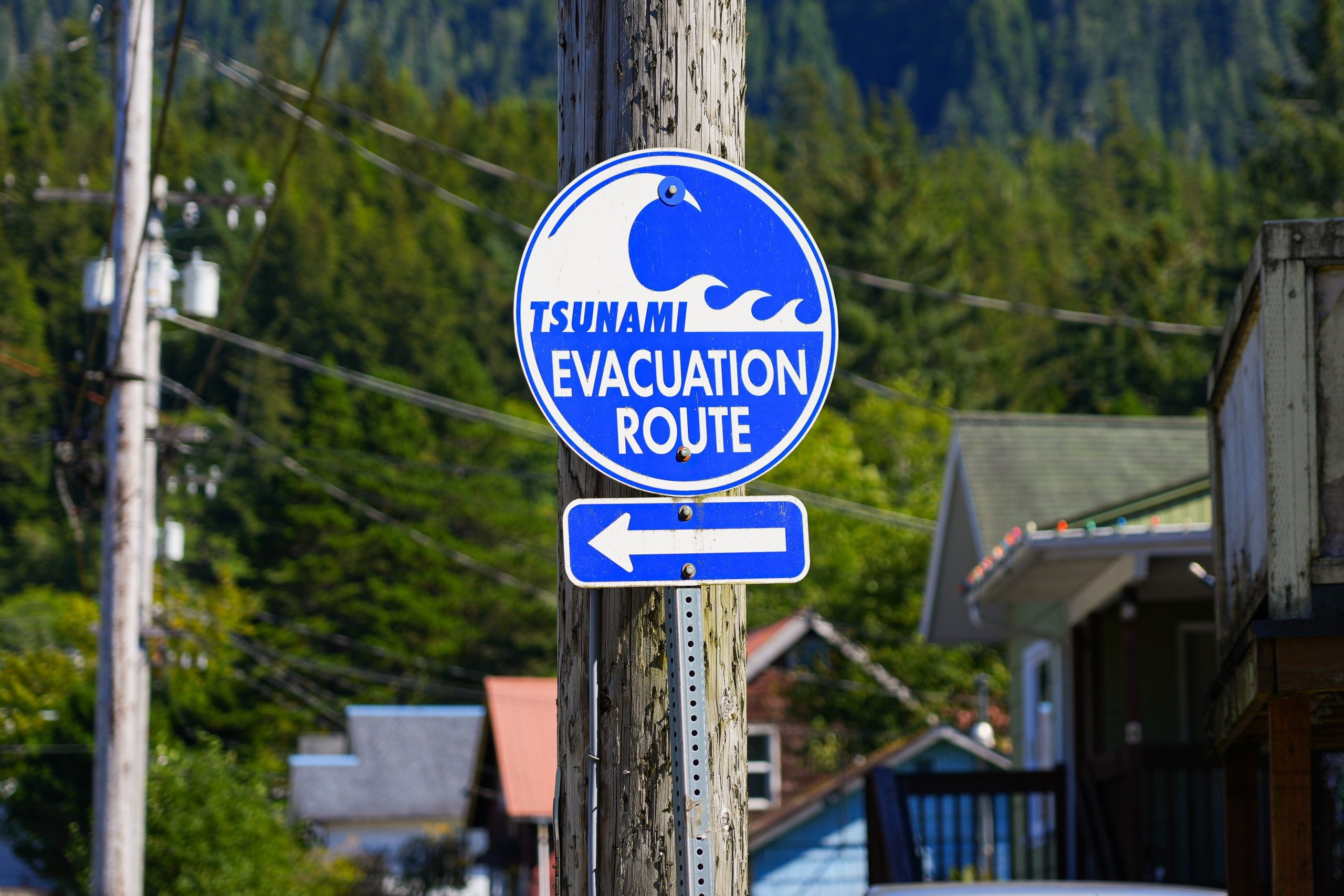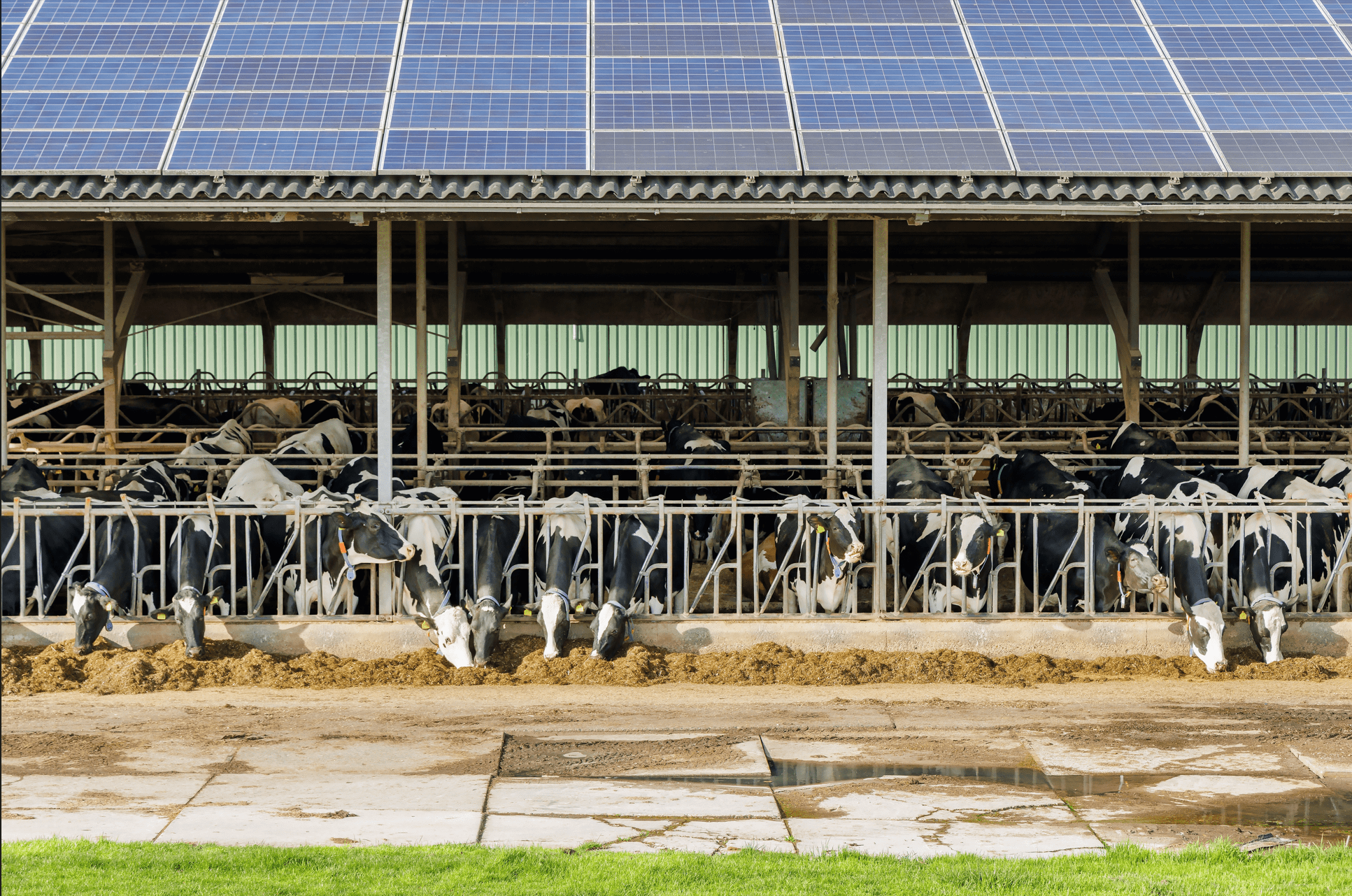
The Infrastructure Investment and Jobs Act (IIJA) turns three this Friday, November 15th. Comprised of 142 water infrastructure-related programs funded at $132 billion, thus far about 55 percent of total funding or $72 billion has been awarded (Figure 1). Through 220 awards spread across thousands of projects in all fifty states, six territories, and many of Tribal Nations, IIJA is making its impact on the water world known. All data in this digest was accessed on November 13th, 2024.
Figure 1: IIJA Water Funding Breakdown

Source: Water Program Portal, Outcomes Dashboard
A significant portion of funding is disseminated via formula programs. Before formula funding is awarded, it is preliminarily allocated to a state; the 20 percent of funding in Figure 1 marked as allocated represents funding that has been earmarked for a particular state but has not yet been awarded. Most of this funding is fiscal year 2025 Clean and Drinking Water State Revolving Fund (CWSRF and DWSRF) allocations.
California leads the nation with the most funding received at $6.10 billion, followed at a significant distance by Texas ($3.57 billion), Pennsylvania ($3.39 billion), Illinois ($3.31 billion), and Florida ($3.25 billion). Each state has a particular program or two through which it has banked remarkable funding. California has the largest CWSRF and DWSRF allocations, and subsequently the largest SRF awards. The state has also received many large capital infrastructure awards. The DWSRF has funneled the highest programmatic sum to California at $639 million, followed by $603 million from the Aging Infrastructure Account — to support retrofitting outdated power and water infrastructure — and $501 million from WaterSMART: Water Recycling — for large-scale water recycling, reuse, and desalination projects. Similarly, Florida has received $1.1 billion for Aquatic Ecosystem Restoration projects in addition to its $595 million in awarded DWSRF Lead Service Line Removal funding, while Pennsylvania has been awarded $861 million from the Water-Related Environmental Infrastructure Assistance Program and $735 million from the Abandoned Mine Reclamation Fund.
Awarded funding per capita paints a different picture of funding award dominance. Alaska tops out at $3,624, followed by Montana ($2,121), North Dakota ($1,578), South Dakota ($733), and Wyoming ($678); comparatively, California sits at $178 per capita. While these states are among those with the lowest populations in the nation, Alaska has also received substantive additional funding to support its Indigenous population. Alaska has been the recipient of over $1.1 billion in funding from the Indian Health Service Sanitation Facilities Construction Program, comprising over half of the program’s total awarded sum. Montana, on the other hand, has received significant investment via the Indian Water Rights Settlements program at $1.4 billion, dwarfing its next largest programmatic award, $289 million from the Rural Water Projects program, by five times. North Dakota, on the other hand, has received $499 million specifically to tackle inland flood risk, also subsuming its next-largest programmatic award, $125 million from the Rural Water Projects program.
A high amount of total funding awarded, by total funding or per capita, to a state does not consistently translate into a high number of projects, especially considering that the average award size nationwide is $9.47 million. While California does have the highest recorded project count at 718, it is followed by Alaska (479), Washington (313), Arizona (311), and New Mexico (254).
Given that there are several programs centered around drought mitigation or ecosystem protection specifically in the West — for instance, all of the Bureau of Reclamation programs — the higher relative number of projects, particularly smaller projects, is not a surprise. There are likely other factors, however, that contribute to a given state’s relative success in receiving IIJA funding. These may involve a greater number of engaged public and private actors, as well as higher investment in publicizing funding opportunities and state-supported technical assistance to aid in applications’ successes.
Most funding recipients are governments. State governments and agencies have received over $36 billion, about half of total awarded funding. Awards to state agencies implementing formula funding drive this gap — the 12 of the 13 largest programmatic awards flowing to state governments are all formula programs. They are followed by federal agencies ($15.6 billion), local governments ($7.2 billion), and Tribal governments ($6.5 billion). Private organizations — including commercial and industry entities, non-governmental organizations, and utilities — have received a combined $2.6 billion. Still, a number of requests for proposals, requests for information, and public comment opportunities remain open, with more funding expected to be implemented into 2025 and 2026.


